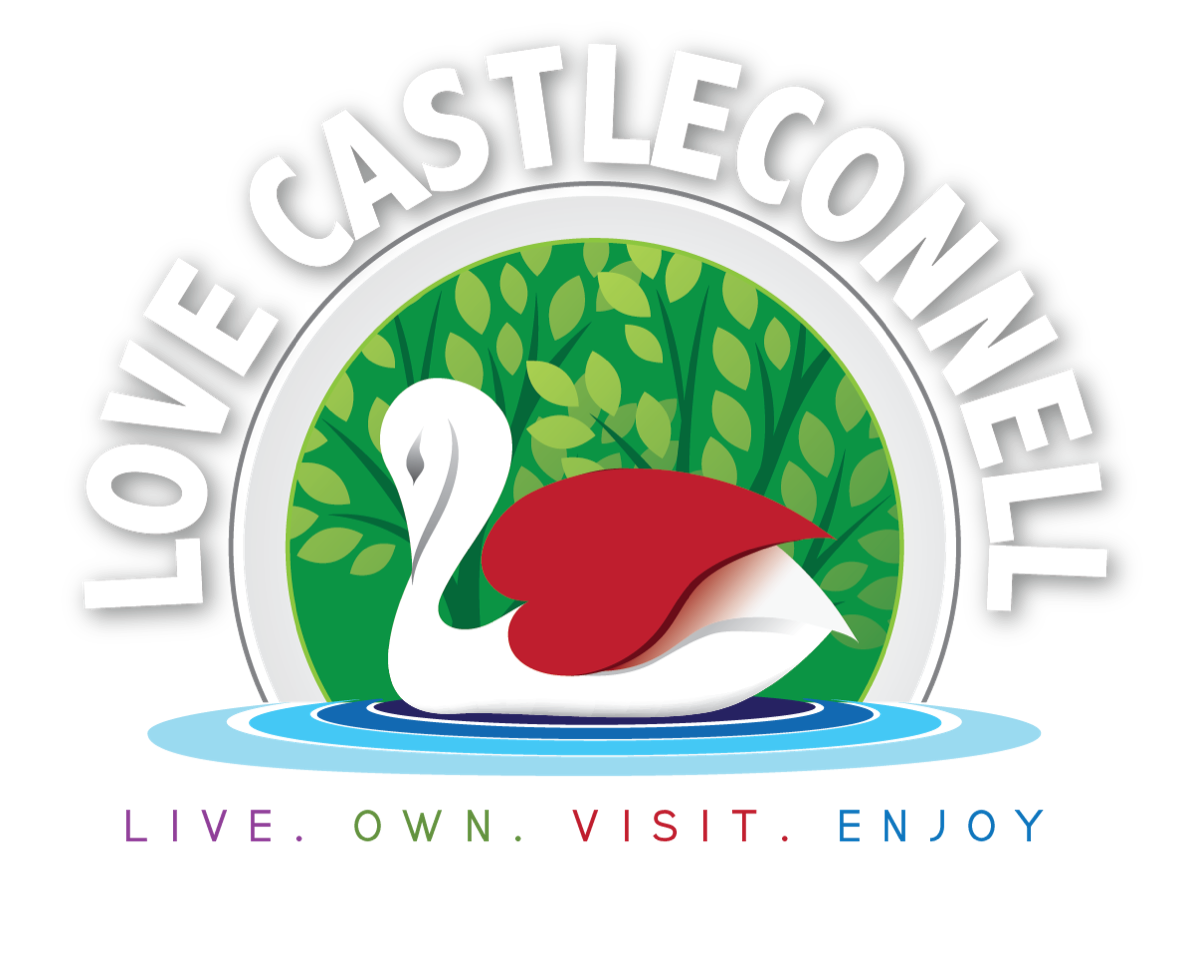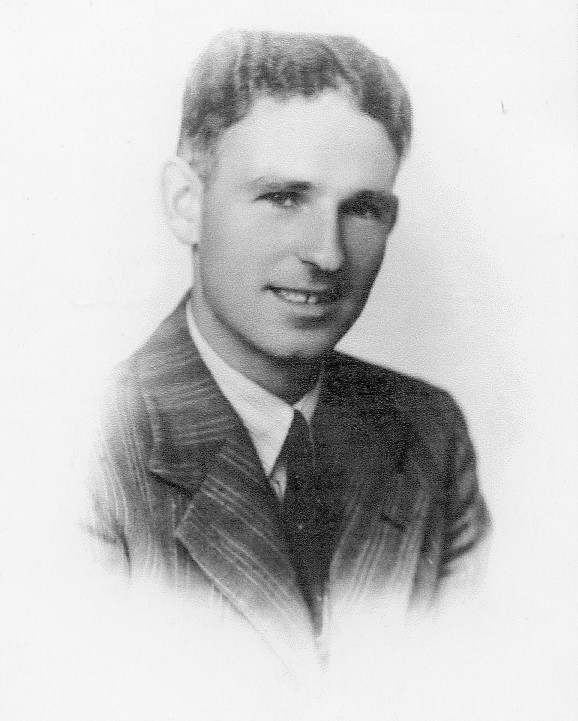Sean Edmonds was born at the Spa, Castleconnell in 1913. He was one of a very large family born to Bill and Mary (nee Carroll) Edmonds and his family background was staunchly republican. His father was Principal of Castleconnell School and his mother who was a sister of Sean Carroll (Founder of the Mid Limerick Flying Column during “The Troubles”) was an assistant teacher at the same school.
From a very early age, Sean was aware of Ireland’s history both national and local. He was four years old in 1917 when Countess Markievez came to Castleconnell to speak about the Easter Rising. She stayed at his home and he asked her for her boy scout’s hat, which she wore to honour Fianna Eireann, a boyscouts organisation that she had founded some years previously.
During “the Troubles”, Sean’s home was one of the safe houses used by “the boys” on the run from the enemy.
There are many local stories from this era, too numerous to mention in this article. Suffice it to say that Ireland’s political and military struggles, both local and national were a backdrop to Sean’s whole childhood. In 1926, when he was 13 years old, he and one of his brothers were sent to Scoil Eanna in Dublin. Founded by Padraig Pearse, it was run by Pearse’s mother and sister, Margaret (later Senator). Eamon De Valera was a frequent visitor to the school, but he never addressed the students nor visited their quarters.
During Sean’s time in Scoil Eanna, he nearly died during a flu epidemic. He was very weak for a long time during which he lived with the Pearse family. Mrs. Pearse, a serene snowy-haired lady treated him very kindly. During these boarding school years, holidays were a welcome respite and when at home Sean, two brothers and two sisters (all of whom were good musicians) often entertained the many guests who visited the family. He and two siblings played the violin, while the others played the piano and cello.
Sean completed his secondary school education in 1933 and returned to live in Castleconnell. He spent a number of years after that working with his uncle Richard, whose estate he later inherited. During these years he also took part in many plays and shows in Hartigan’s Hall, which were run by his older brother. He developed a huge interest in Irish history and was always trying to understand its very complicated nature.
In 1942 he left Ireland and went to work in a Foundry in Bermingham. He spent only a short time there and got to know many English workers. There he realised for the first time, that their cause was the same as the Irish one. All through history, the common enemy was the oppressor, not the ordinary man and woman. One night, an English worker expressed a wish for a simple uncomplicated account of Irish history, and Sean’s book The Gun, The Law and The Irish People became such an account, many years later.
He then went to work as a chauffeur for Lord Horlick (Founder of the Horlicks beverage) and his family. His sister Amy was nanny to the children and they brought them to Castleconnell on holidays a number of times. Sean eventually left England and returned home to Ireland. In the early 1950s he secured work with The Limerick Weekly Echo and at last he began to follow his true calling, journalism. He wrote the Castleconnell Notes and many other pieces and was regarded as a top class journalist. Then in 1955, he was appointed assistant editor of The Tipperary Star. He was to spend the rest of his life living and working in Thurles, Co. Tipperary.
His brother Joe married Dilly in 1956. Dilly remembers Sean with great fondness. “He was a regular visitor to our house and he was great company. I was learning to drive and one sunny Sunday he, instead of Joe, accompanied me and two of the children on a practice run to Broadford. We pulled in by the side of a low hill. Sean took his violin and a tape recorder and walked up the hill followed by the rest of us. He played some beautiful tunes there while the children held the tape recorder to tape the music. It was a magical afternoon and we never forgot it. Go ndeana Dia trocaire ar a anam”.
The Editor of The Tipperary Star, Mr. Michael Dundon, remembers Sean as “a very fine journalist and a true gentleman”.
His greatest accomplishment was the publication of his book, The Gun, The Law And The Irish People, published in 1971 by Anvil Press. The book covers the period in Irish history from 1912 to the Arms Trial in 1970. This book was recognised as a standard reference work on the period. Unfortunately, it is now out of print. More’s the pity as it is a very fine read with a strong local content.
Sean lived in a flat in Thurles for many years and worked contentedly for The Tipperary Star. Eventually, his health began to fail, until he was no longer able to leave his flat. He retired, but continued to write articles for the paper under the pseudonym “Glen Rover” and his colleagues collected them from him for publication.
He finally passed away at the early age of 67 years in 1980.
An excerpt from his obituary reads as follows:
A man of great humility and understanding, his tastes were simple and his thoughts profound. He enjoyed a stimulating conversation and was a respected figure in the eyes of his adopted community. He was also an accomplished musician whose first love was the violin. A truly patriotic man, Ireland will be the poorer for his passing, and his precise and informed comments will be missed from the columns of ‘The Tipperary Star’.
Ar dheis De go raibh a anam.
Thanks to Dilly Edmonds, Paul Edmonds, John Hyland and Michael Dundon.
Edmonds, Sean, The Gun, The Law And The Irish People. Dublin. Anvil Press. 1971
Joan O Siochru

